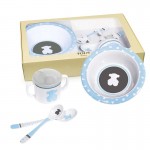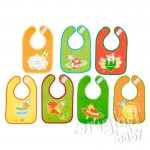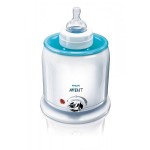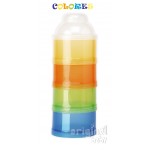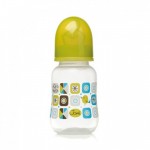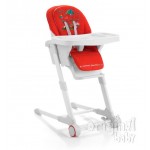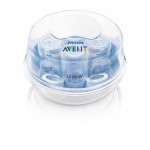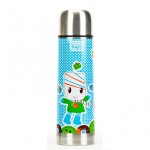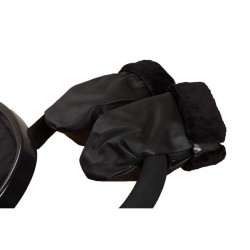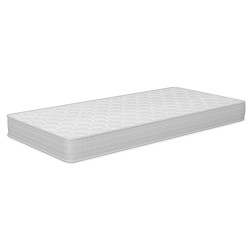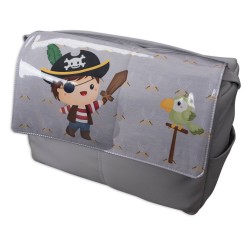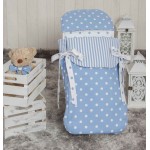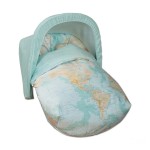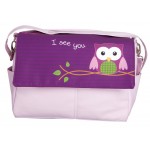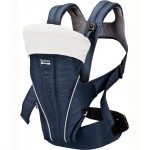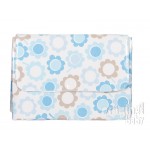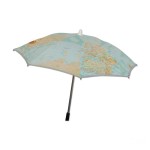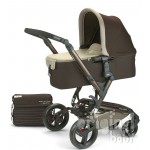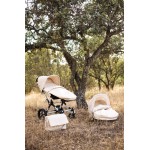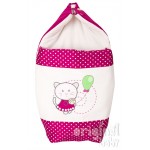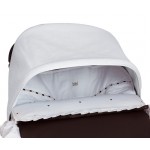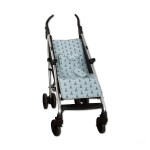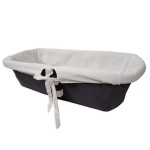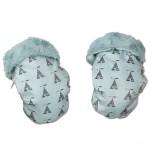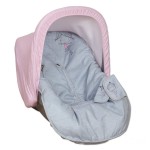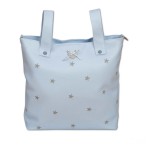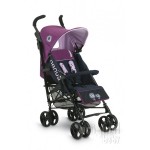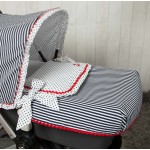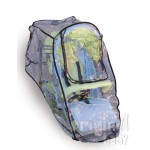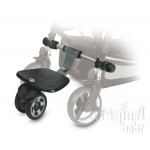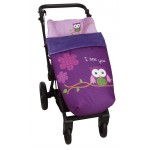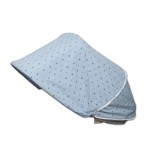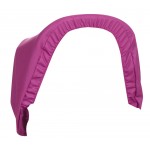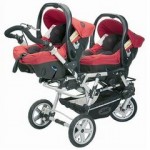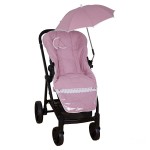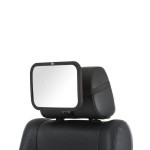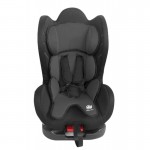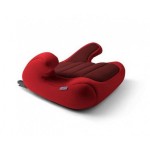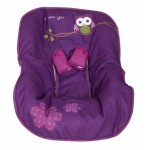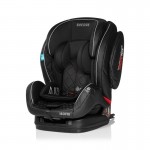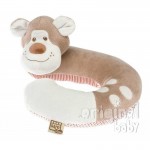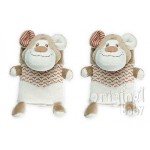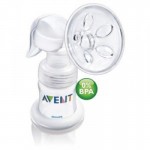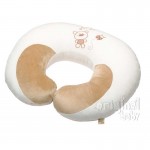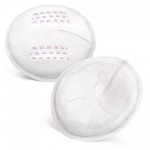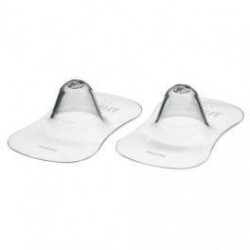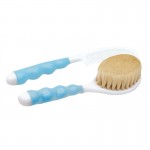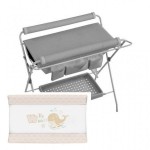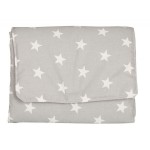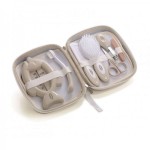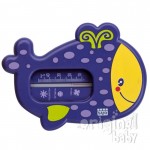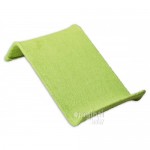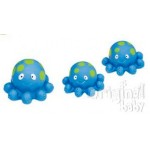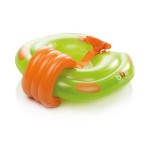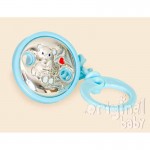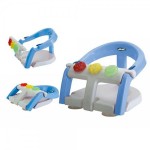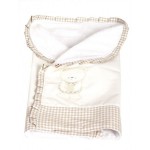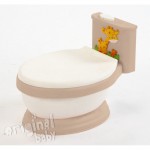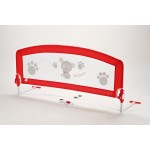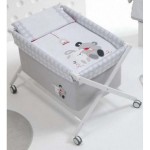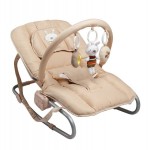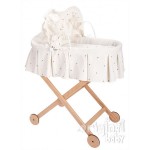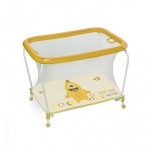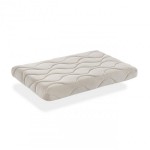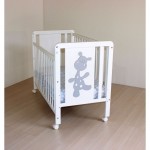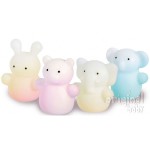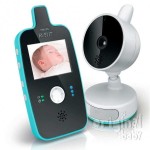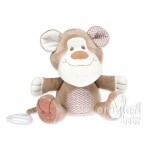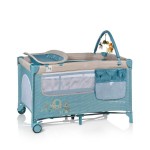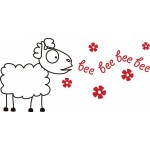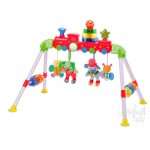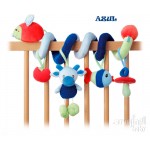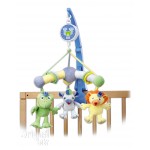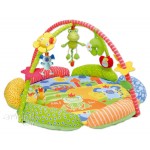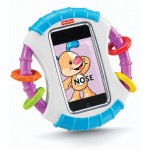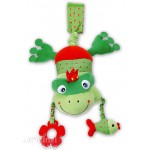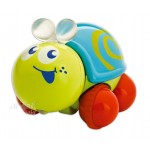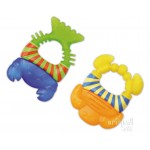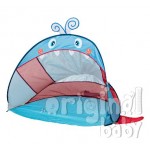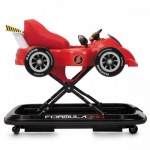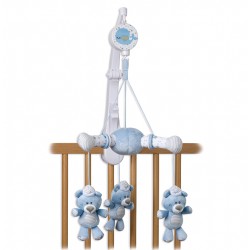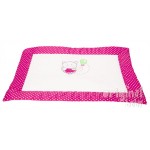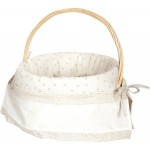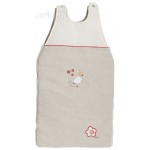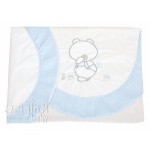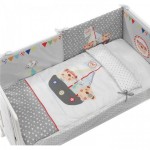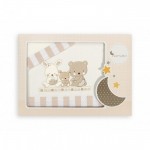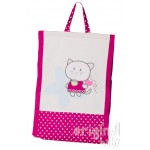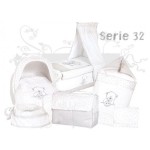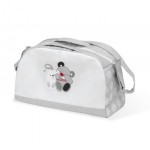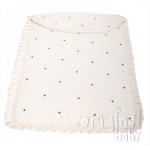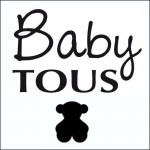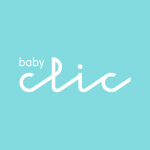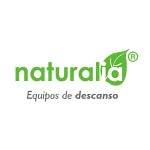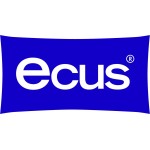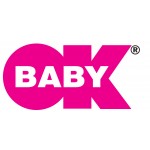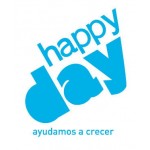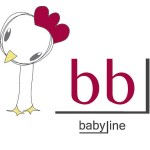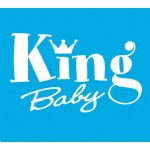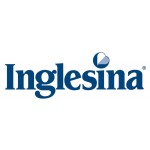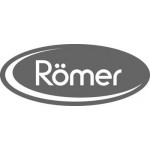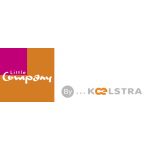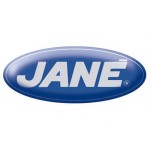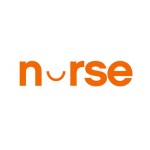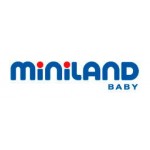Safety guide cars for children

Learn how to sit the children in the car so that they can be better protected. Pediatricians Warn that two of every three children travelling in vehicles without complying with the safety standards are at much risk. Hundreds of children have lost their lives in traffic accidents in recent years.
It is clear that having children in seats of vehicles is crucial for their lives. The numbers show that. Statistics show that thousands of children are themselves accident if parents comply with the safety regulations for them.
Children are the most vulnerable passengers inside the vehicle. Therefore, it is essential to use security features adapted to their weight and size. If children are in safe cars, properly, reduce the risk of injury or loss of small accidents cerebrovascular or more serious accidents. Experts call for children to be transported in cars in special chairs until they reach 12 years of age.
How to place children in car
Children must sit in their seats with the appropriate Chair. It should accommodate a form determined according to their weight.
Babies up to 10 kg (about 9 months)
They must be in car seats, with security guards, located in the direction opposite to the direction of the conductor and in the back seat, if possible in the Center. Therefore, it reduces the risk of neck injuries in frontal impacts and increases protection in side crashes.
Children from 9 to 18 kg (from 9 months to 3 years)
They must go on chairs placed in the direction opposite to the direction of the conductor and the backseat (best in the Center)
Children between the ages of 15 and 25 pounds (3 to 6 years)
You must go with back pads on your seatbelt-compliant wheelchairs.
Children from 22 to 36 kg (from 6 to 12 years)
They should be adjustable seats in time to get a good fit of the belt on the collarbone.
(SRI) child restraint systems are devices that allow infants and children traveling in the car safely. Until 12 or 1, 35 m high, the law requires the use of these systems in their travels.
Used properly, child restraint systems can reduce the risk of injury by 75%.
Recommendations
The airbag must always be disconnected. This measure is especially important if your baby travels in the opposite direction of your travel. Child safety system must be used always, even in shorter roads.
It is recommended that children travelling in the opposite direction of travel as possible; preferably, to 4 years.
The seat belt or belts should never be twisted or bent.
The child's head should never exceed the upper part of the backrest of the car seat. If this happens, it means that it is time for the restraint one larger group systems.
Suggestions to acquire a child restraint system
The seat should always be adopted: seeks to label that will indicate that it is valid for the vehicle and the weight of the children who can use it.
Try the Chair that you are thinking of buying with your baby and considers your comfort and adaptation, thus ensuring that he tolerates it. Make sure that the Chair fits perfectly to your seat and the seat belt.
Question to explain the installation instructions and values positively those that are simpler.
If your vehicle has built-in, ISOFIX fixing system is the safer and more practical. In addition, it guarantees correct attachment.
Then, we will explain the main basic characteristics of the different types of child car seats in vehicles, depending on their age and weight.
The shoulder belt, if you touch her neck which passes under the Chin, the child should continue using a booster seat. You should never go with the band under the back of the back arm.
Group 0 (up to 12 months)
Basket or carrycot approved, exclusive baby. It can be used only in the back seat of the car. They should be mounted in horizontal position, and gear. You must have two straps on the baby's body.
Ensure through two safety belts or ISOFIX fixing system.
Group 0 + (up to 18 months or 13 kg)
Exclusive chairs for babies (as "maxi-cosi")
It can be placed in the front seat or the back, because that turns the seat airbag hangs. It must always be mounted against the direction of travel of the vehicle. It guarantees through system or ISOFIX fastening belts. They are portable, small and adjust better to the newborns.
They should be placed at an angle of less than 45 °.
The central locking must be based on the chest of the child, not the neck or abdomen.
Group 0-1 and 1 (up to 4 years or 18 kg)
Convertible chairs. They are larger and heavier, but it can be used for more. It should be installed in your car and you must always confirm that they are firmly fixed before seating the child. It can be used so that the baby gets to look backward or forward. It is recommended that baby travel in the opposite direction of travel as possible, preferably at 4 years.
It guarantees through system or ISOFIX fastening belts.
When the child is looking over your shoulder, the upper harness slots must build it below or at the level of the shoulder blades. When used with the baby to look forward, they must remain at the same level or above.
The central locking should be based on the chest of the child, not the neck or abdomen
ISOFIX system
ISOFIX is a system of fixation between the child restraint seats and seats in the vehicles that simplifies the operation of attaching the seat to the vehicle safely, avoiding errors or tension mounting containment systems.
Child safety seat contains anchor points that are linked in connectors located at the seat of the car, between the backrest and the seat of the same. In addition, it has a third attachment point, called Top Tether, which you will find on the back of the seat, next to the header or on the floor of the trunk.
Before you buy a Chair, make sure that your vehicle will allow this fixing system. Otherwise, you can use the vehicle's safety belts, also very safe, but require more attention as a whole.
Small and premature infants infants
Best suited are unique chairs for babies (as "maxi-cosi") who have less than 12 inches from the exit of the crotch strap to the back of the car seat (prevents that the baby can slip) and less than 25 cm from the top of the harness to the bottom of the seat (prevents the harness and if cross the ears of baby).

